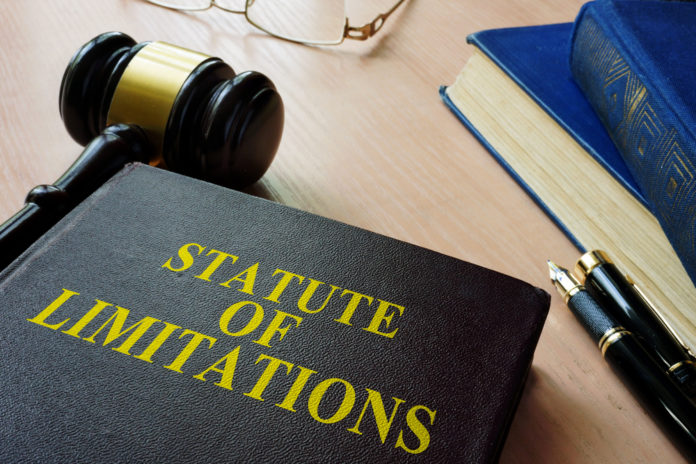The Tenth Circuit vacated a district court’s dismissal of a qui tam case as barred under the six-year statute of limitations, applying the Supreme Court’s holding in Cochise to find the lower court should consider whether the complaint is barred under the 10-year statute of limitations period.
Relator Mark Tracy appealed a district court’s orders dismissing his complaint and requiring him to pay attorneys’ fees to Emigration Improvement District and other defendants. EID cross-appealed the portion of the order on attorneys’ fees declining to hold Tracy’s attorneys jointly and severally liable for those fees.
Tracy had filed a qui tam suit alleging EID made false statements to obtain a federal loan for a water project, thereby violating the False Claims Act. Through several amended complaints, Tracy also asserted both a direct false claim and a reverse false claim.
The district court dismissed the complaint with prejudice, first finding that Tracy had failed to state a claim upon which relief could be granted. Further, the court held that even if a claim could be stated, it was barred by the statute of limitations. In so holding, the court applied the six year statute of limitations period, rather than the 10-year period. The district court reasoned that any false statements that induced the government to disburse the loan had to have occurred before the date of the final disbursement. Because Tracy did not sue EID until nearly 10 years after the last disbursement, the court held the case was not timely.
The court later entered an order directing Tracy to pay $92,665 in attorneys’ fees and expenses to the defendants because EID had prevailed and because Tracy’s claims were frivolous or brought primarily for purposes of harassment. According to the court, Tracy’s cause of action was frivolous because he urged the court to ignore precedent and because each time the underlying facts were disproved, Tracy changed the basic factual assertions giving rise to his complaint and made arguments clearly contrary to Tenth Circuit law. The court also found that Tracy alleged “new damages” after the six-year period had expired without any factual support for those damages.
However, the court declined to hold Tracy’s attorneys jointly and severally liable with Tracy for EID’s attorneys’ fees because after being disciplined for their conduct, they had not multiplied the proceedings unreasonably and vexatiously. Specifically, the district court concluded that Tracy’s conduct was not attributable to his attorneys because the attorneys filed Tracy’s clearly frivolous complaint based upon factual representations made by Tracy, and because they had not used the lawsuit and its allegations to attack EID and its business operations.
The appeals court vacated the district court’s orders, first noting that after the parties briefed the issues, the Supreme Court found that the ten-year statute of limitations period also applies to private relators, abrogating the circuit court’s holding in Sikkenga. Second, the court noted the lower court did not evaluate the timeliness of the complaint under the 10-year period, as it was bound by Sikkenga. In light of the Supreme Court’s ruling, the appeals court remanded the case back to district court to examine whether the complaint was filed within 10 years of the latest date on which the violation was committed.
Because the court vacated the district court’s dismissal order, it also vacated its order on attorneys’ fees, as EID had not yet prevailed in the action.




